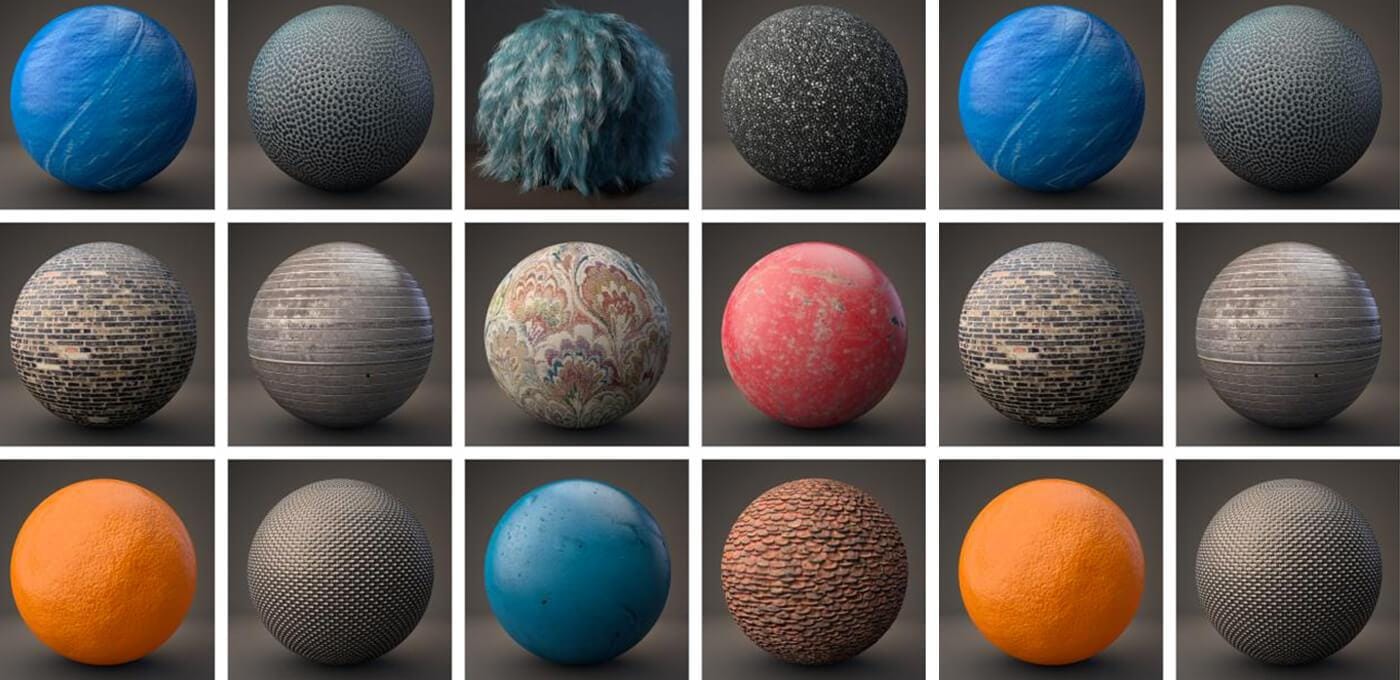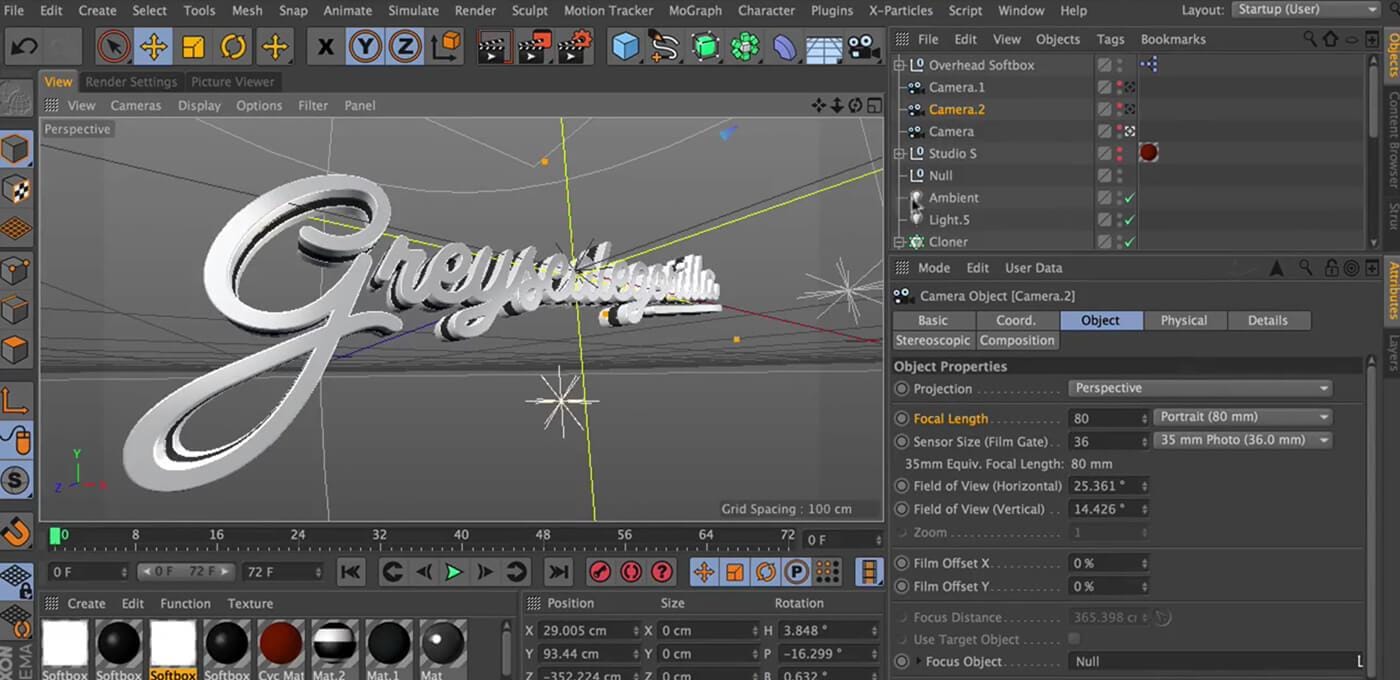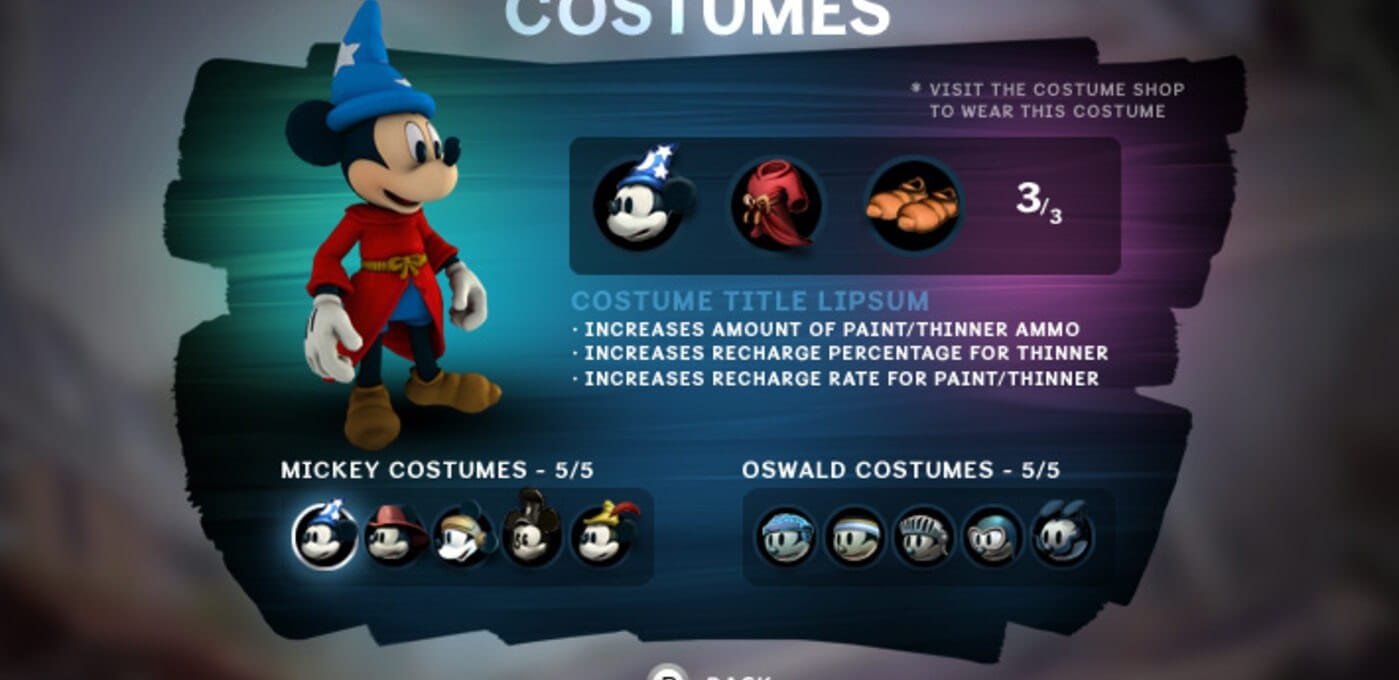How 3D artist Nick Campbell (aka Greyscalegorilla) built his career (and a small business) on teaching.

Nick Campbell starts every week with a tweet that says “Happy Monday.” No Garfield cartoons about staying in bed or T.G.I.F. tweets can be found in his feed. Of course, it’s easy to be pumped about the start of the week when he’s excited about what he “gets” to do eight hours a day.
Nick is the founder of Greyscalegorilla.com (GSG) a site that gives away free tutorials to people learning cinema 4D to more than 20,000 viewers a day. GSG is an active community that brings resources for training and tools to people interested in motion graphics and 3D software. While the videos are free, GSG sells digital products such as lighting kits and texture packs used to make all the work 4D artists do look even better.
As an avid, lifelong and self-motivated learner himself, Nick is practically evangelical about the benefits of passing along his knowledge. Nick has learned that by giving away everything he knows, he paradoxically becomes more essential than ever.
We caught up with Nick to get a better understanding of the motivation behind teaching, and how his passion has led him to such a successful business that satisfies both his financial and creative goals.

Before Greyscalegorilla became your full time job, what was your experience in the world of 3D, graphics, and visual storytelling?
I started obsessing over motion graphics after I saw a video motion studio MK-12 made. At the end they said they used the program “After Effects,” so I went about getting as much information as I could. I got into motion graphics, I got into all the software and plugins, and I got to a point where I knew so much about the software, but my stuff didn’t look as good as everybody else’s.
That’s when I realized it was design that I was lacking. I took a year off, focusing on technical progression and focused purely on how design works and how people respond to visual design. I got into digital photography, which was fairly new at the time. I studied visual design and filmmaking, and it all made me a more balanced person, which made me better at both jobs. Following that, I got a job at a place called Digital Kitchen. It was the perfect opportunity to be around great designers and storytellers and learn from them. I met designers who were into 3D and that was the part that really spoke to me, so when I found a 3D program that was easy enough for me to use I totally wrapped myself around it, which in turn led to Greyscalegorilla.
You are effectively self-taught. Did you have a strategy for becoming a self-motivated learner?
Learning how to learn is one of the things I am most interested in. Looking back on it, I was always a very visual learner and needed a story and a reason for learning something. My drive is always: “How did they do it?” I always believe that if they did it, I can do it too! Everyone is just a human who learned something. For me the self-learning comes in two parts:
- If it’s possible that someone else did it, I think I can try to do it as well.
- There’s probably somebody that has put this information somewhere in a digestible format for me to learn.
When I was learning, YouTube didn’t exist and online videos were the size of a postage stamp. I had to actually go and find VHS tapes and DVDs to learn. My strategy was to absorb myself by as many people using these techniques and software as possible and hope that their knowledge could be imparted to me by listening to them. When someone tells me how it works for them, I apply it and I try it. I take what sticks and lose what doesn’t.
This went full circle and led you to becoming the teacher yourself. How did that begin?
My first job was selling magic tricks at a mall. Now I look back and see why I was so good at that job — I really like the idea of showing people how things work. From a young age I have liked learning things, but then saying to people, “Hey! It’s not that hard.” When I started making tutorials it was based on how other people made tutorials. I started with things I knew a lot about — After Effects and photography — and people were responding to it. But when I started the cinema 4D tutorials people really responded. I think it was partly because there wasn’t a lot of cinema 4D video training out there at that time, and then also
BECAUSE I WASN’T THIS MASTER GURU CINEMA 4D PERSON, BUT RATHER SOMEONE WHO WAS LEARNING IT
because I wasn’t this master guru cinema 4D person, but rather someone who was learning it as I went along and who made a video tutorial of what I learned every night. It was literally, “Yo, I learned this cool trick and this is how I did it. If I did it, you can too.” It all comes back to that idea that if I learned it, so can you. I got into it really a little by accident but then realized how much I love sharing what I know about things.
You recently went from your entire eight-person team working in a shared desk space environment together to the team working remotely. How have you made that work for you?
We are still working out how to make things work on a virtual basis as it is very different to when we were all in the same room together. I often ask around and see how other people run their teams. Slack has been very huge for us, and reading the Basecamp book on remote work helped too. I think the key is that everyone knows what they are supposed to be doing. The whole team knows the deadlines, and everyone is self-motivated enough to get it done. So when it came to employees and how all this stuff worked, I made sure I hired people who were self-motivated and loved what they were doing. If you love what you are doing, you don’t need somebody around to yell at you to do more of it.

How did you make the jump from having a steady job to making a bunch of tutorials and hoping it becomes a successful business?
I got interested in the idea of starting a business the same time I got interested in motion graphics. I realized you didn’t have to start a giant company to start a business. You could simply put value out into the world and see if people are interested in buying it. It was around the time that phones were coming out with relatively good cameras. I thought it would be great to create an app where you could turn a phone photo into a Polaroid, so I looked out for a developer who could help me make this. We called it Shake It Photo and it briefly ended up in the top 100 apps in the App store.
That whole process of coming up with an idea, finding a developer, marketing it, and it actually taking off and producing an actual income triggered that part of my brain that realized that this is a thing! I looked at how other people had made it work — Field Notes, 37 Signals, etc. — and recognized that a lot of people had got into design because they liked making stuff, not because of the clients. The clients are the worst part of making stuff. I found myself in a similar position… The clients were nice because they were paying, but other than that they weren’t any fun. I wasn’t doing work I wanted to do, just work the clients wanted.
Also, I was already making tools for my own use to make my motion graphics process work faster and better, and I realized that was what plugins were. I came out with a product called Light Kit Pro that took photography lights and replicated them inside of 3D. I was able to sell this to people like me but who didn’t have the photography experience, to help make their images look better. All of these experiences came together for me to realize that setting up Greyscalegorilla was possible. I knew that if I could make as much money online as in my full time job, I would leave my job.
So it was actually more of a gradual process than a daring jump?
Yes. I am very subscribed to the concept of “go home, hang out with the family, put the kids to sleep, then hustle all night to try out your new project.” I’ve only mentioned the projects I started that worked, but I’ve started just as many that didn’t work. It’s not my risk profile to leave my job before knowing that something will work. I was very patient and worked hard and tried dozens of things that didn’t work like a t-shirt company, motion-reel roulette, makecoolshit.com, and clickthatbutton.com, as well as multiple photo filter apps. I told myself I would apply myself 100 percent to Greyscalegorilla for a year, and fortunately, it worked out.
“GO HOME, HANG OUT WITH THE FAMILY, PUT THE KIDS TO SLEEP, THEN HUSTLE ALL NIGHT TO TRY OUT YOUR NEW PROJECT.”
Do you see the tutorials as your “marketing?”
I like things that are produced by people who like to teach. “Marketing” as a word kind of sucks, but it is really just the idea of getting other people to know that something good exists. There are lots of different ways to do that, and the way that resonates with me is teaching people. I like to teach all I know for free, leaving nothing on the table. If people are interested in it, a community will form. And if there is a product that is relevant that will also help them, then I can offer that as well.

How do you find motivation to keep moving forward day after day?
I start every week with a tweet saying “Happy Monday,” because I get to work on my passion. If we make decisions based on what the world wants from us, we might be back in the “Not Happy Monday” camp.
For me it’s all about learning, I learn through Podcasts, books, and people. I like learning. I like growing. And I like being better tomorrow. I think that’s the human spirit and the American spirit.
What is the biggest challenge you’ve faced growing Greyscalegorilla?
Honestly, we lucked out with cinema 4D and instantly had a community for the things we were training and teaching and we grew fast. The negative from growing so quickly is that I realized that some people were thinking, “Who’s this guy who doesn’t know cinema 4D that well but is going out and training everybody?” When things grow that fast, it’s hard to see what the history is. Haters are like piracy: If no one is stealing your stuff, it’s not important. I treat it the same way. It’s a good indicator that you are actually doing something important.
What are the biggest indicators you’ve seen that you and Greyscalegorilla have made an impact on the cinema 4D community?
Shiny spheres. There was an artist I was obsessed with who did these simple geometric spheres, and I started using basic objects in 3D in my tutorials. Then everyone started using them. This makes me proud because it is pure experimentation. It’s our paper and pencil. We start with the simplest of tools and this leads to progression.

Part of your passion as a person is becoming a teacher and making complex ideas understandable. What are the best tips you have for this?
One thing is to try to explain every step, even if you think it is really basic. The hardest part of learning something is when you are in the initial stages and you don’t even have the language to understand what is going on. Explain not just how you are doing things, but why you are doing them. When you are learning something you should separate the “why” to do it and the “how” to do it and understand that those are different things.
Anyone can follow a recipe, but at the end of it they wouldn’t call themselves a chef. Instead, if every time you added a step to the recipe, you explained it — when you add the salt, you are opening up the flavor, for example — the person learning will find much more value. Break the autopilot habit and describe every aspect of what you are doing. For me, the idea of teaching somebody that they can do something they didn’t think they could do is the most magical part of being a teacher. Getting someone interested in something is the absolute best way to get them to teach them the rest of it.

